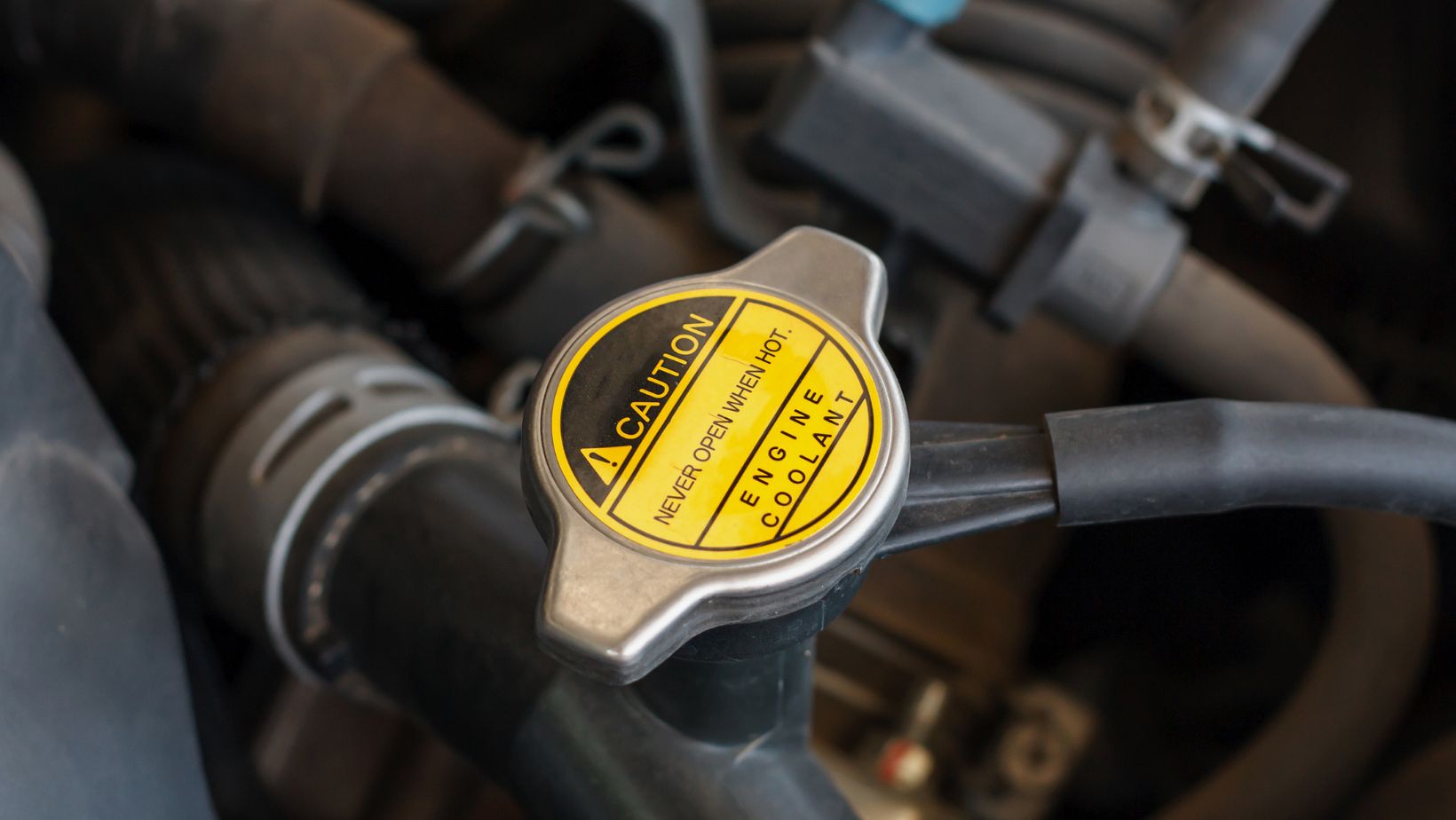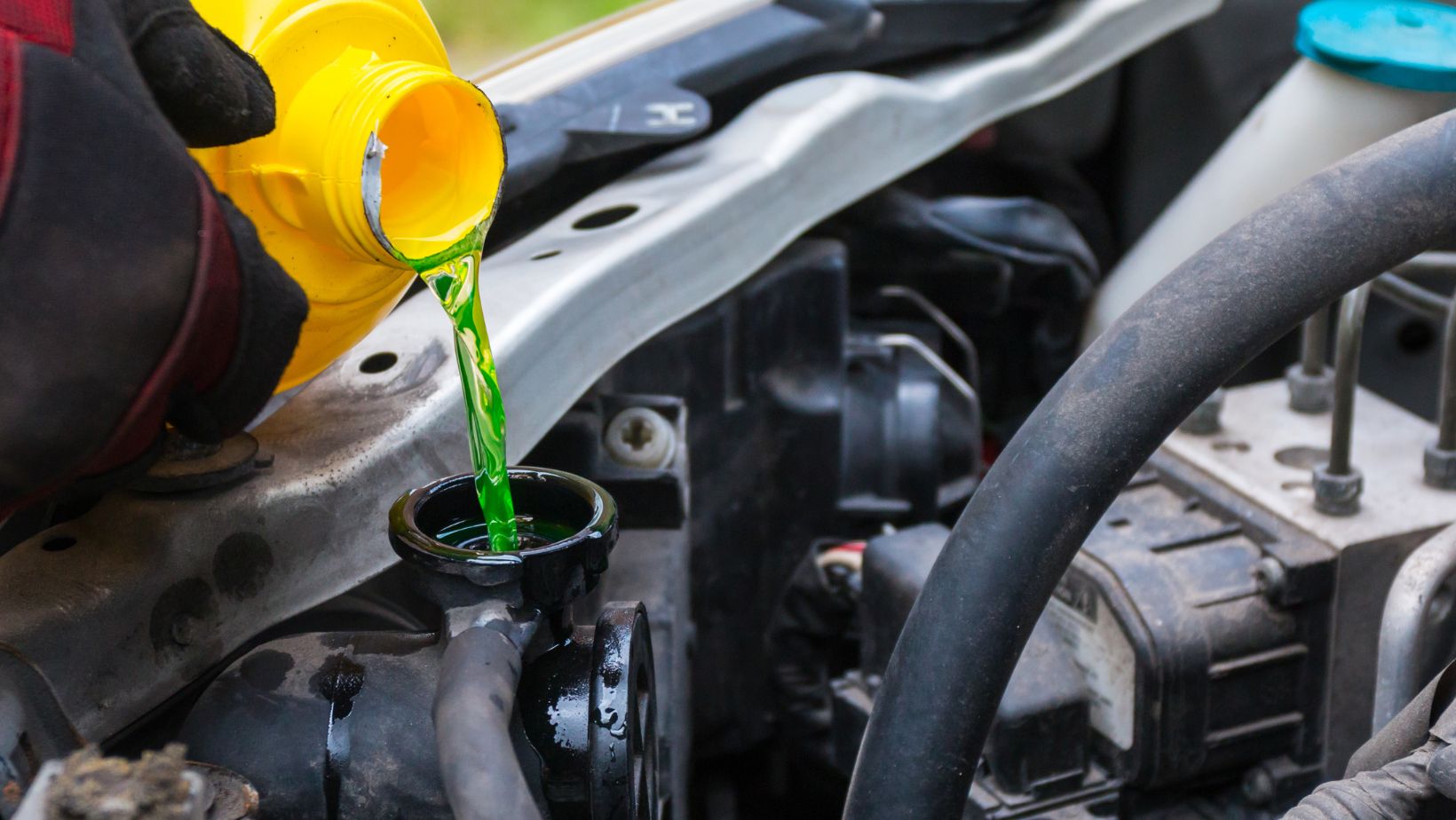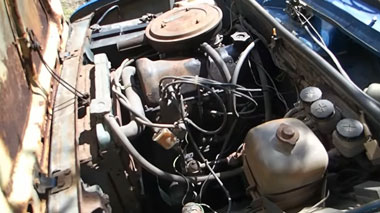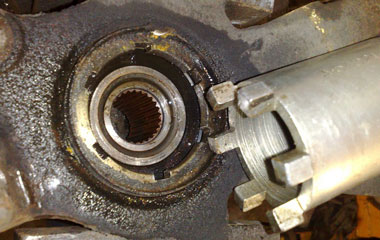
If your car is low on coolant, you may be tempted to just add more without flushing the system first. Unfortunately, this can cause more problems than it solves. The reason is that when coolant breaks down, it can form deposits that clog up your cooling system.
These deposits can reduce the efficiency of your cooling system and cause your engine to overheat. So, while adding coolant may temporarily solve the problem, it’s not a long-term solution. If you want to add coolant, you should always flush the system first to remove any deposits that might be present.
- Park your car on a level surface and open the hood
- Locate the coolant reservoir and remove the cap
- Inspect the coolant level and add coolant as needed until it reaches the “full” line on the reservoir
- Replace the cap and close the hood of your car
Can I Add Coolant Without Flushing the System
If your car is low on coolant, you may be tempted to just top it off, but that’s not the best solution. When coolant breaks down, it becomes acidic and can damage engine parts. The best way to deal with low coolant is to flush the system and replace the fluid with fresh coolant.
Will Adding Coolant Help If My Car is Overheating
If your car is overheating, adding coolant may help to some degree. However, it’s important to identify the root cause of the overheating issue and address that first. Otherwise, you may find yourself repeatedly adding coolant without resolving the underlying problem.
There are a number of reasons why a car might overheat. A common one is a lack of coolant (or water) in the system. This can happen if there’s a leak somewhere in the cooling system, or if the coolant has become contaminated and needs to be flushed out.
Adding more coolant will temporarily alleviate the problem, but it won’t fix it permanently unless you also address the leak or contamination issue. Another possibility is that there’s something blocking airflow through the radiator. This could be due to a build-up of debris or leaves, or it could be caused by a faulty radiator fan.
In this case, adding more coolant won’t help – you’ll need to clean out the radiator and/or replace the fan to get things flowing smoothly again. Finally, an overheating engine could be indicative of other serious problems such as an oil leak or head gasket failure. These issues require professional attention and shouldn’t be attempted by amateurs.

What Type of Coolant Should I Use
There are many different types of coolant available on the market, so it can be confusing to know which one is best for your car. The most important thing to remember is to always use the type of coolant specified by your car’s manufacturer.
If you’re unsure what kind of coolant your car needs, check the owner’s manual or contact a professional mechanic.
In general, there are two main types of coolant: ethylene glycol and propylene glycol. Ethylene glycol is the most common type of coolant and is often used in cars with older engines. Propylene glycol is less toxic than ethylene glycol and is often used in newer cars or those with aluminum engines.
No matter which type of coolant you use, be sure to check the level regularly and top off as needed. A 50/50 mix of water and coolant is typically recommended, but again, consult your owner’s manual or a professional mechanic for specific advice.
Changing Your Coolant? You’re Doing It Wrong
Conclusion
If your car is low on coolant, you may be wondering if you can just add more without flushing the system. The short answer is no. It’s not recommended to add coolant without flushing because it could cause problems with your car’s cooling system.
The coolant in your car needs to be clean and free of contaminants in order to work properly. When you add new coolant to a dirty system, it can cause clogs and other issues. If you’re going to add coolant, it’s best to flush the system first so that the new coolant will be effective.







































